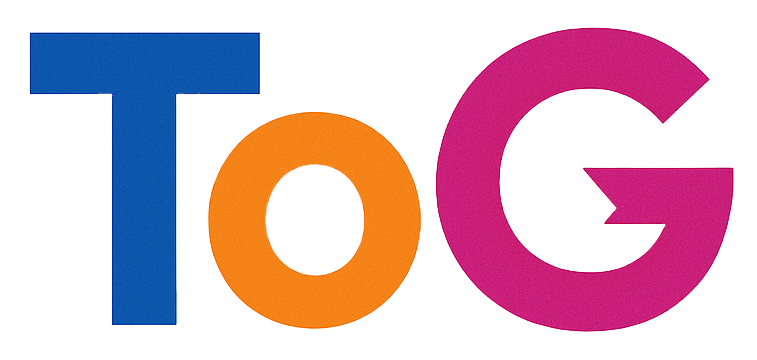Enhancing Keyword and URL Tracking with Google Search Console-Based Tagging Tools
Effective search visibility analysis requires precise tracking and segmentation of keywords and URLs. Many SEO professionals seek tools that seamlessly integrate with Google Search Console (GSC) to facilitate detailed monitoring without relying solely on third-party rank trackers. This article explores strategies and tools that enable users to assign custom labels to keywords and URLs, filter performance reports based on these labels, and streamline ongoing monitoring efforts.
The Challenge: Targeted Keyword and URL Segmentation
Professionals often track specific keyword sets—such as those where AI content overviews are absent—to measure performance metrics like clicks, impressions, and average position. Ideally, users want to:
- Load selected keywords into a tool
- Tag these keywords for categorization
- Filter performance reports to view only tagged subsets
Similarly, categorizing URLs into clusters or campaigns allows for more granular analysis and easier management of SEO initiatives.
Limitations of Conventional Rank Trackers
Common tools like Ahrefs rank tracking excel in many areas but fall short for direct GSC data integration. Since performance metrics like clicks and impressions are only fully accurate within GSC, relying on external rank trackers can lead to inconsistent or incomplete insights. This underscores the need for tools that interface directly with GSC data.
Current Solutions and Limitations
Some SEO platforms and premium tools—such as SEOcrawl—offer tagging and filtering functionalities. However, users have reported challenges, including limited support, insufficient documentation, or diminished responsiveness from vendors, leading to frustration and the search for alternatives.
Key Features to Seek in a GSC-Based Tagging Tool
An effective tool for SEO performance analysis should include the following capabilities:
-
Keyword and URL Input with Tagging:
Users should be able to input or select specific keywords and URLs, then assign custom labels or tags to them. -
Filterable Reports Based on Labels:
Performance dashboards should support filtering metrics—clicks, impressions, average position—by these assigned labels, enabling focused analysis. -
URL-Level Labeling:
The ability to categorize individual pages allows for aggregation of performance data at the group level, facilitating campaign and cluster analysis. -
Integration with Google Search Console Data:
The tool must connect directly to GSC to retrieve accurate, real-time metrics without duplicating efforts or introducing data discrepancies. -
Support for Ongoing Monitoring:
Suitable for recurring review cycles by multiple team members, minimizing the need for

